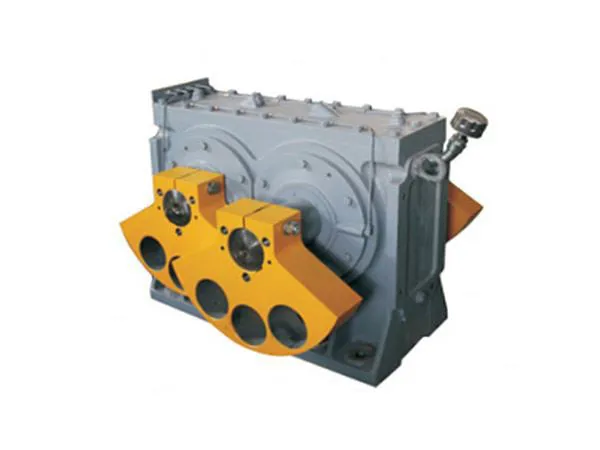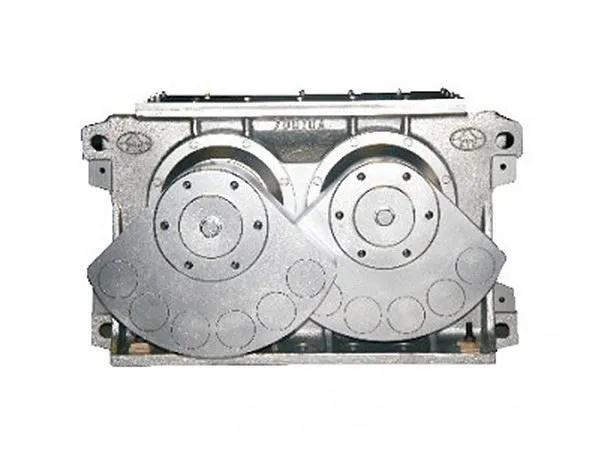The vibrating screen exciter plays a crucial role in generating the necessary vibration to drive the operation of a vibrating screen. The exciter is the mechanical component that creates the vibratory motion, which is essential for separating and classifying materials in various industries, such as mining, construction, and materials processing.
Vibrating Screen Exciter Role

1. Generating Vibration
The primary role of the exciter is to generate vibration on the screen. This vibration is required to move and separate materials on the screen surface. The exciter creates a force that induces the screen to vibrate at a specific frequency and amplitude, causing materials to be sorted, classified, or separated based on size.
Electric Exciters: Generate vibration through the rotation of unbalanced weights driven by electric motors.
Hydraulic Exciters: Use hydraulic pressure to drive rotating components that generate vibration.
2. Determining Vibration Frequency and Amplitude
The exciter is responsible for controlling the frequency and amplitude of the screen’s vibration, which directly affects the screening process.
Frequency: The number of cycles per second (measured in RPM). Higher frequency vibrations are suitable for fine material separation, whereas lower frequencies are better for coarse materials.
Amplitude: The displacement or distance the screen moves. Larger amplitudes are needed for heavier or stickier materials to be effectively moved and separated.
By adjusting the exciter settings, operators can fine-tune the vibration parameters to suit different material types, sizes, and operational conditions.
3. Creating the Motion of the Screen Deck
The exciter creates the necessary motion of the screen deck that allows the materials to move and stratify based on their size. This motion could be:
Linear Motion: The screen moves in a straight line, which is ideal for materials that need to be classified or dewatered.
Circular Motion: The screen deck follows a circular or elliptical path, which is suitable for shaking and separating materials.
Elliptical Motion: A combination of circular and linear motion, providing an optimized approach for fine screening and large capacity.

4. Generating the Required Force for Material Movement
The exciter produces the force necessary to move the material on the screen. This force overcomes material friction, allowing particles to travel across the screen surface, which results in:
Separation: Large and small particles are separated based on their size and ability to pass through the screen mesh.
Classification: Materials are classified into different grades or sizes as they move across the screen.
The exciter force must be carefully calibrated based on the material’s characteristics, such as density, moisture content, and stickiness.
…
For more detailed information about the role of vibrating screen exciter, please click to visit: https://www.zexciter.com/en/a/news/vibrating-screen-exciter-role.html


